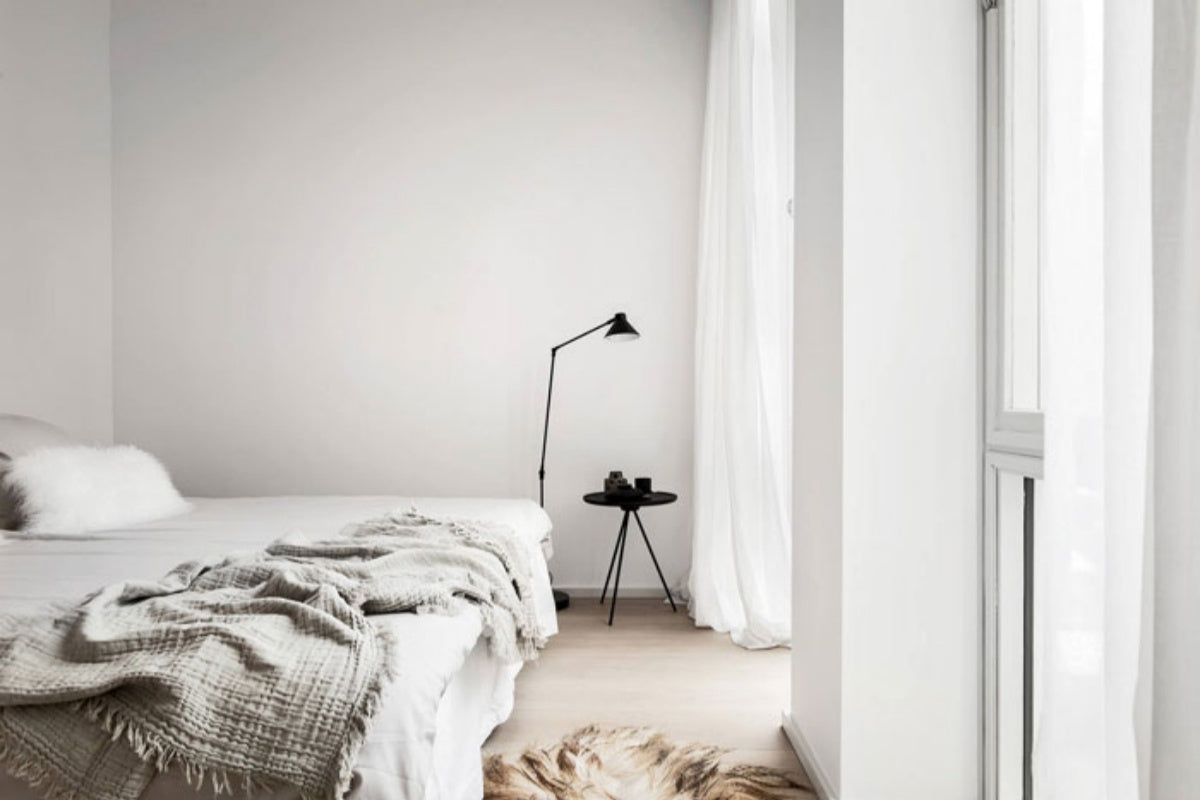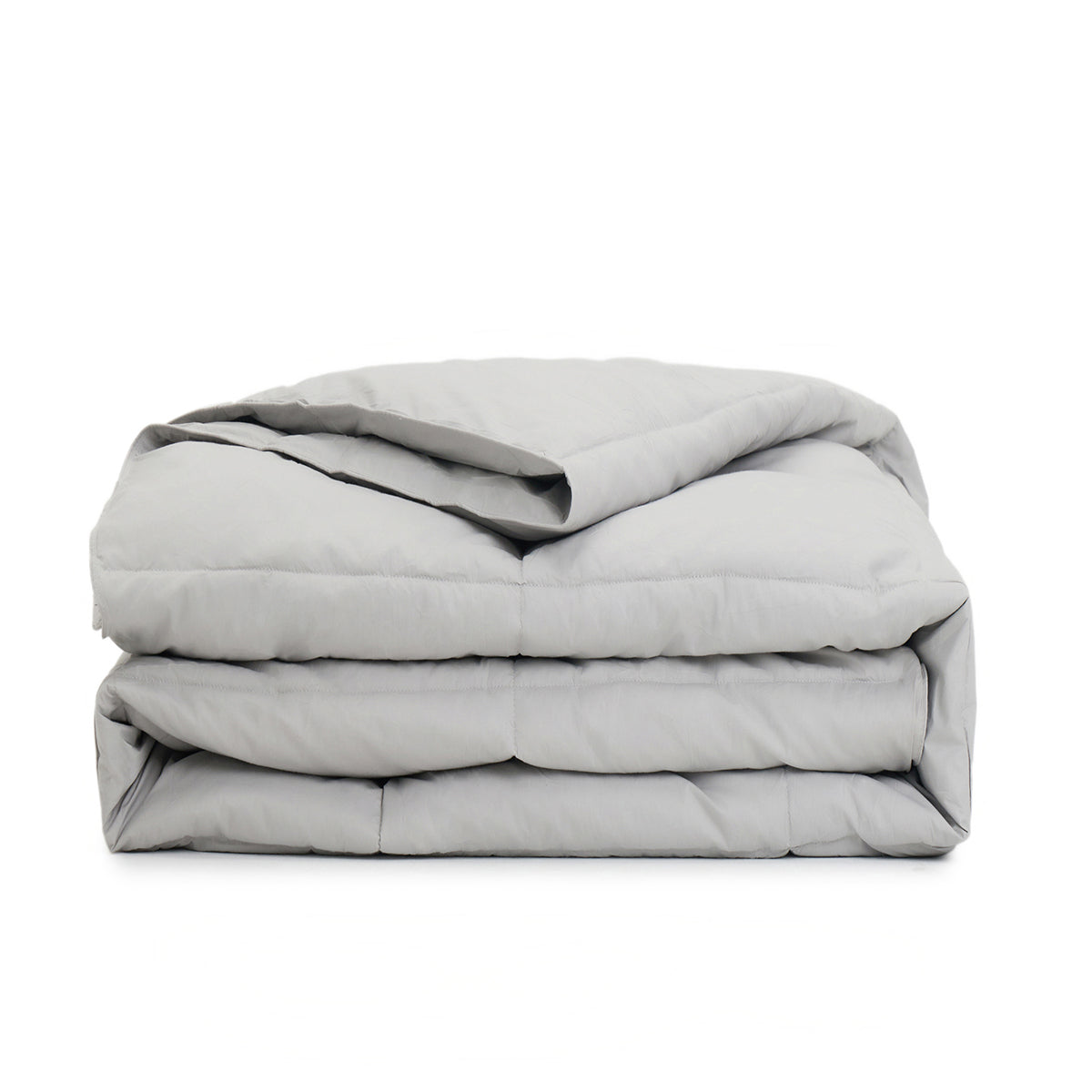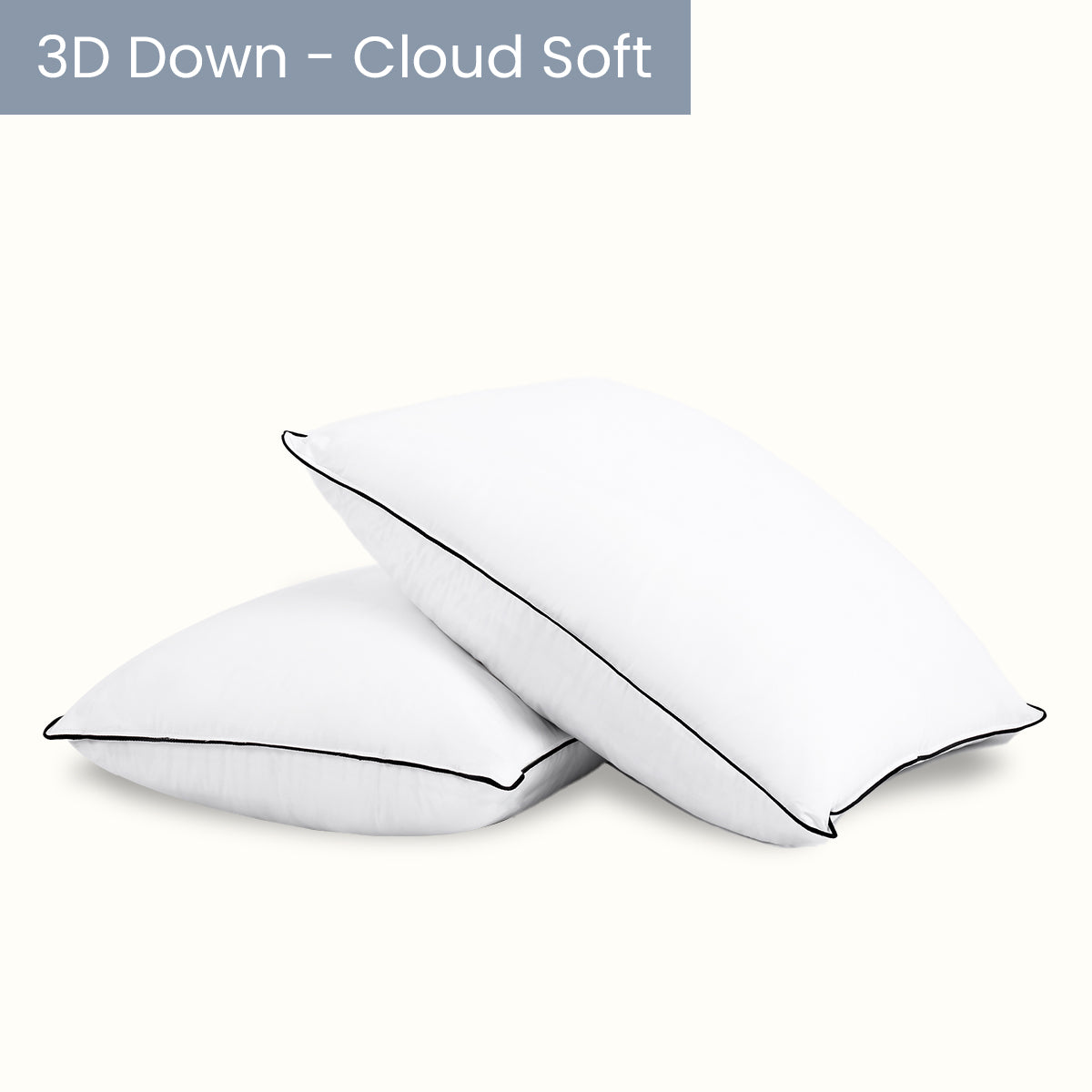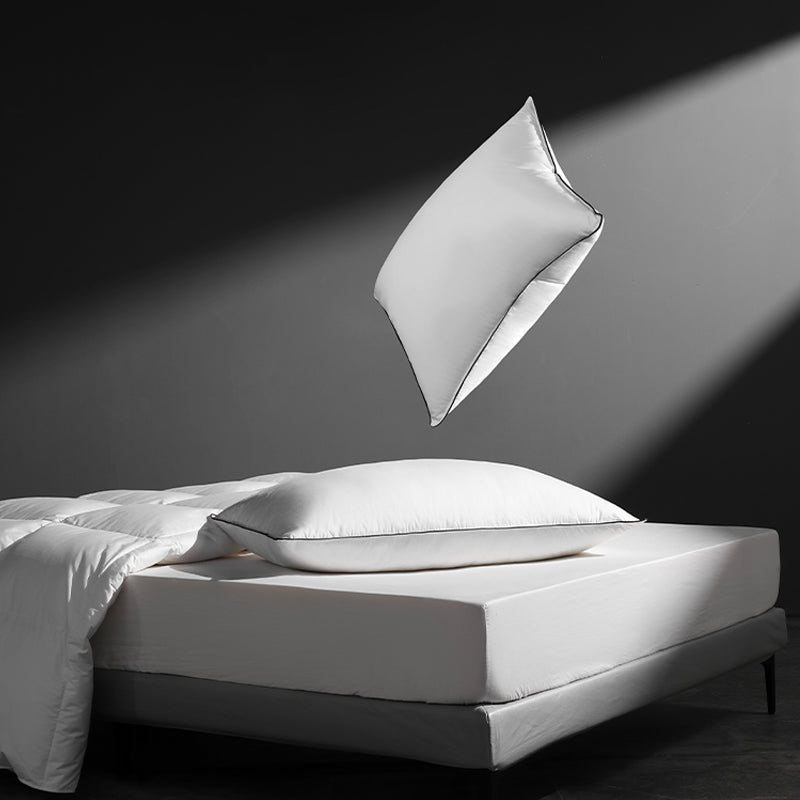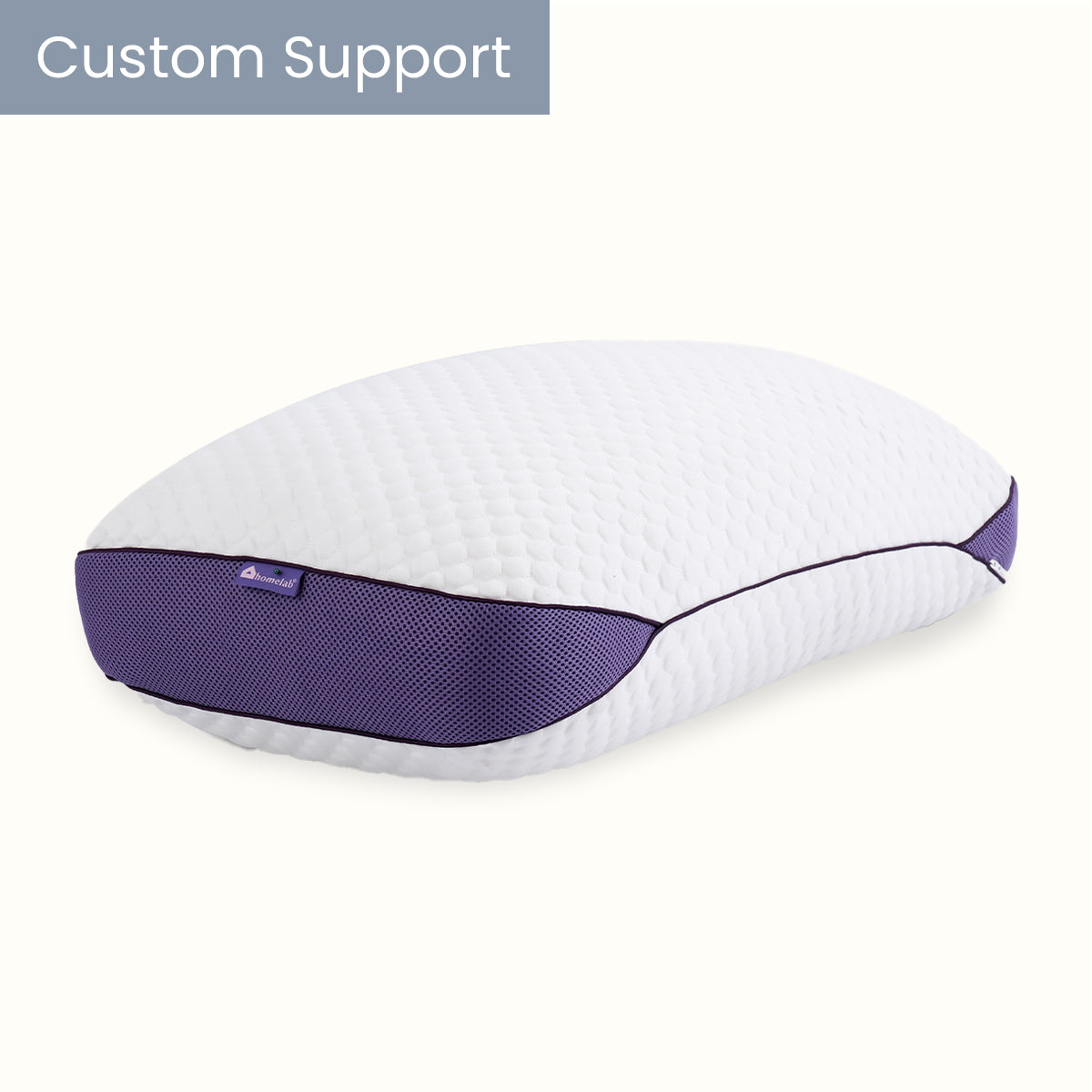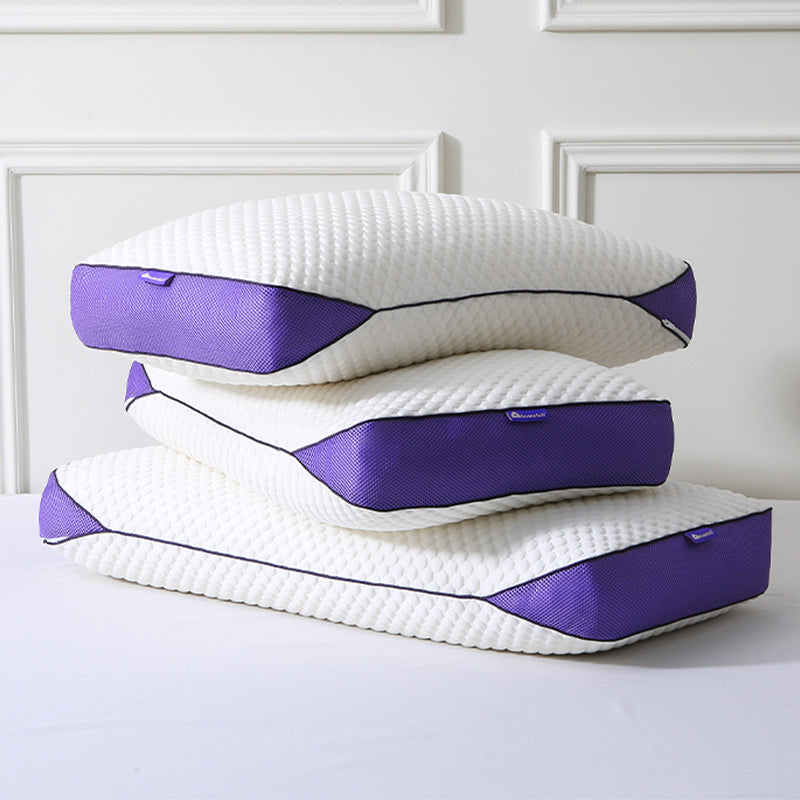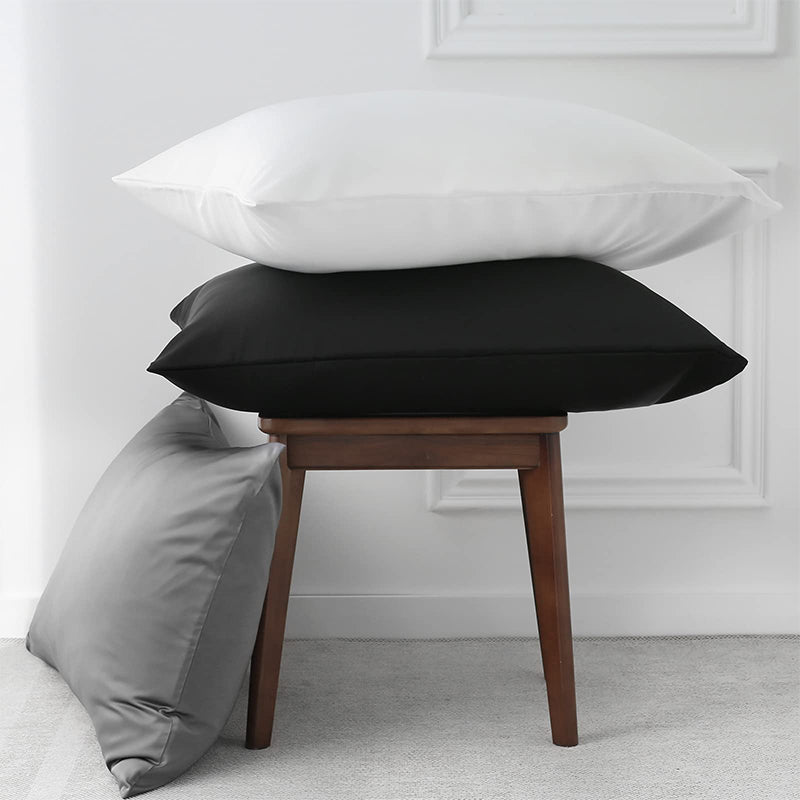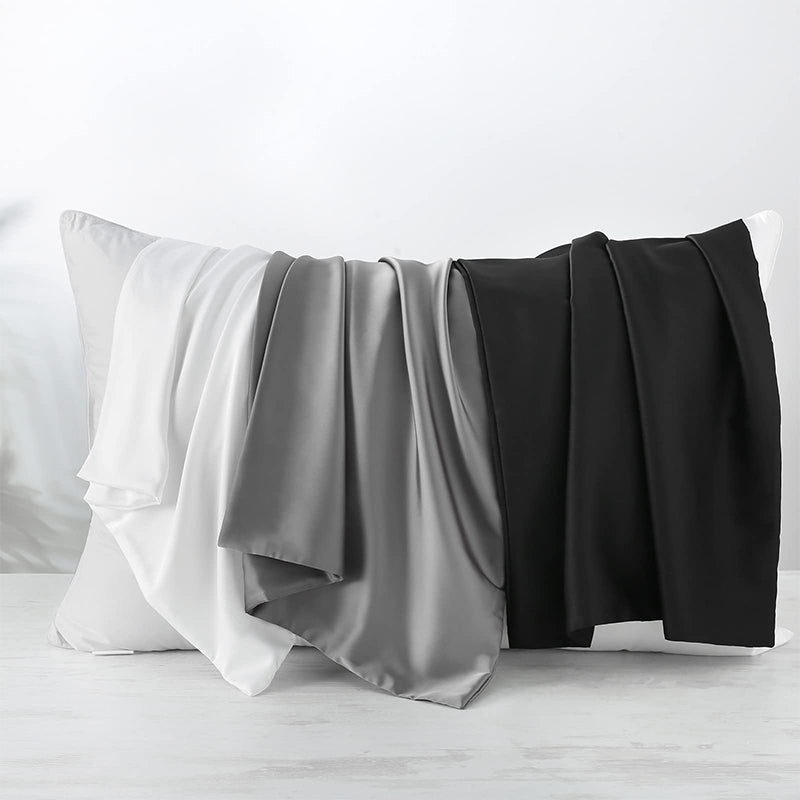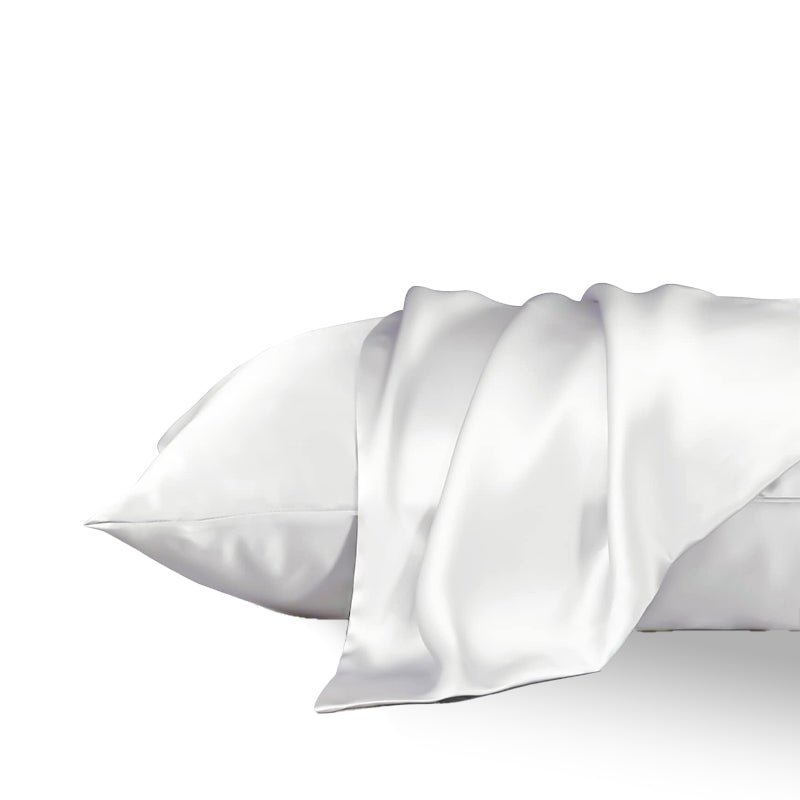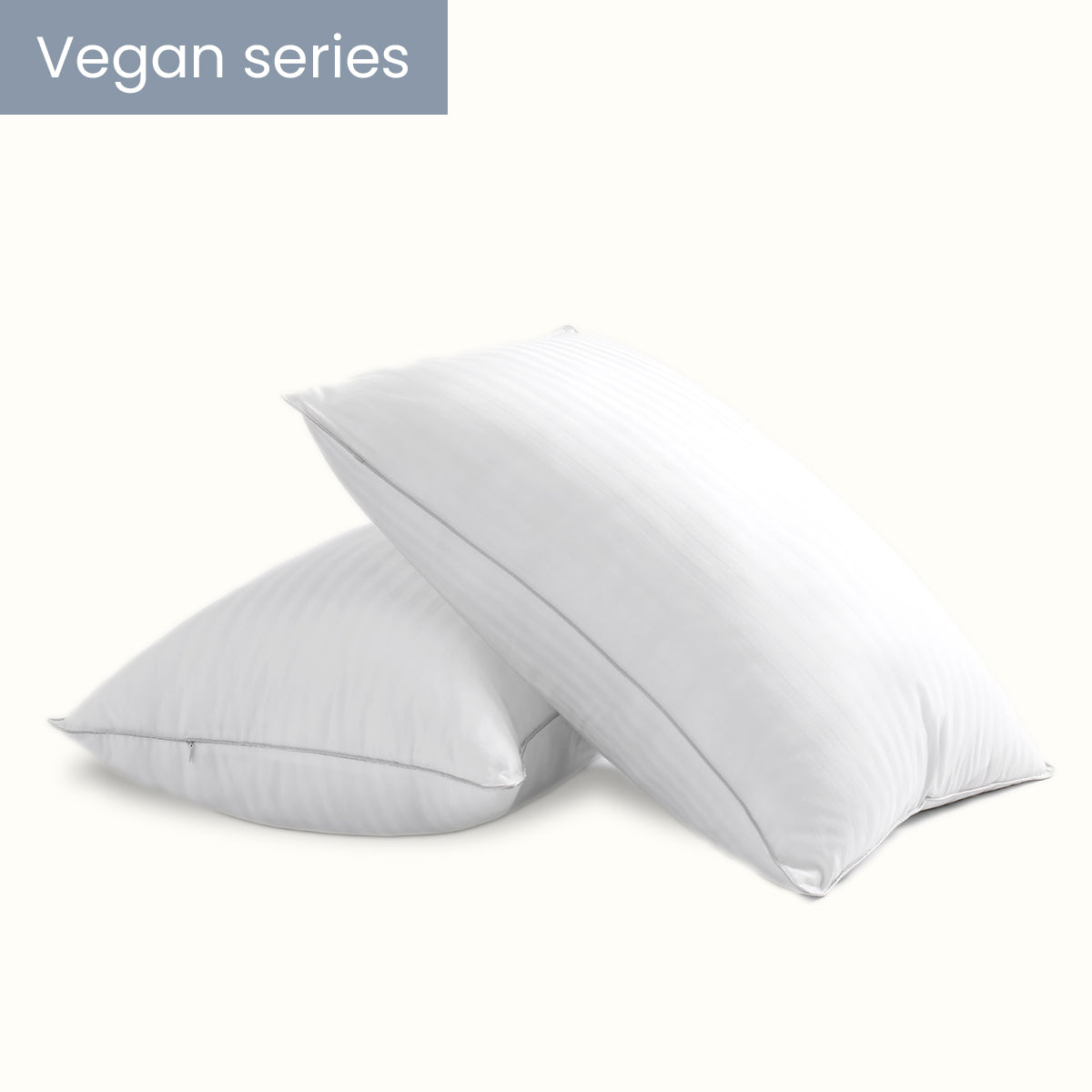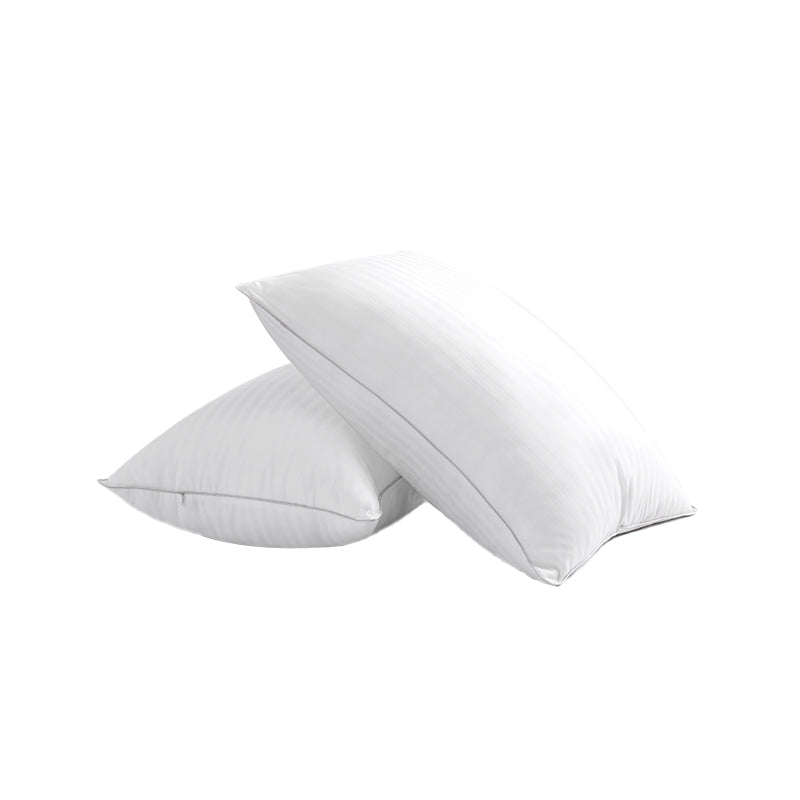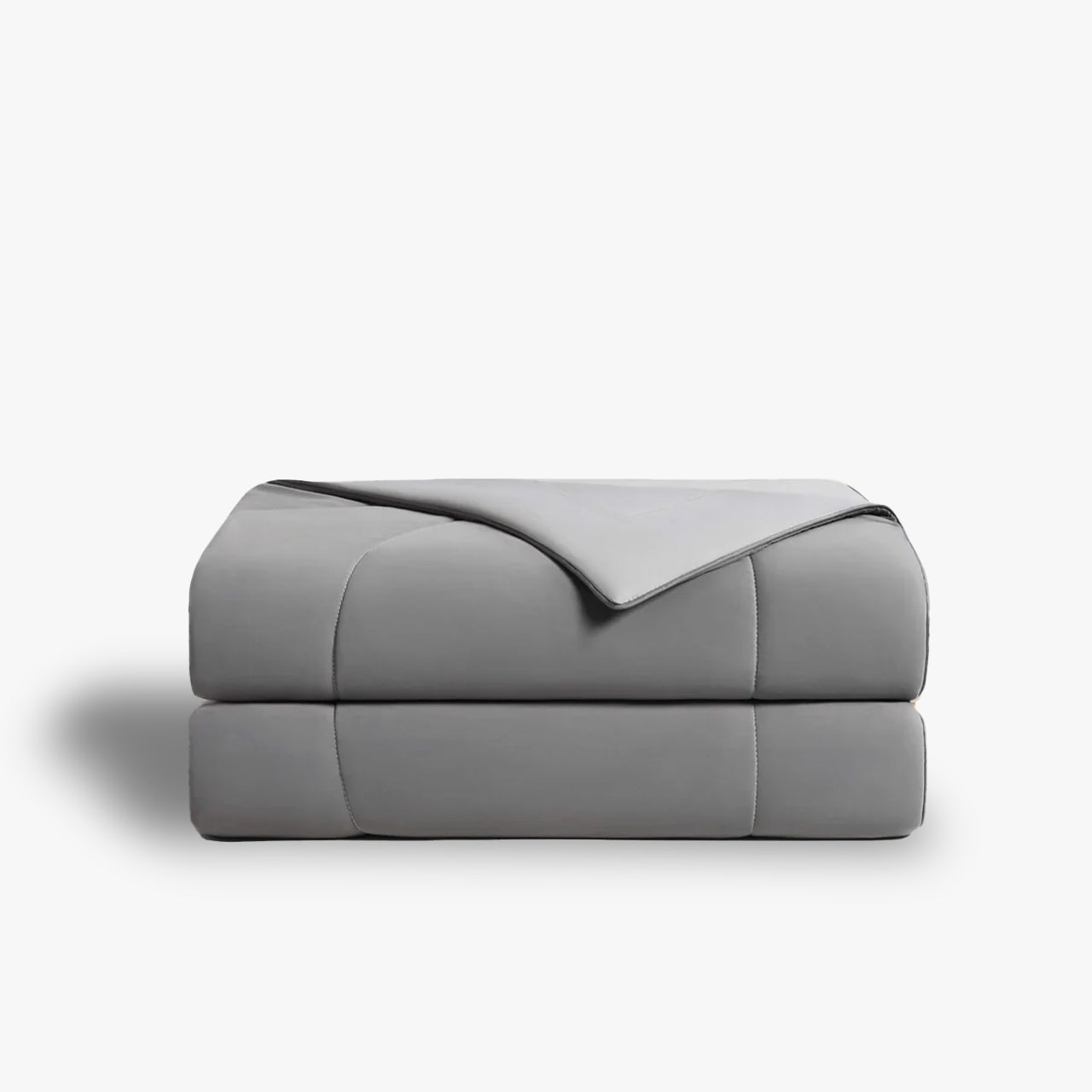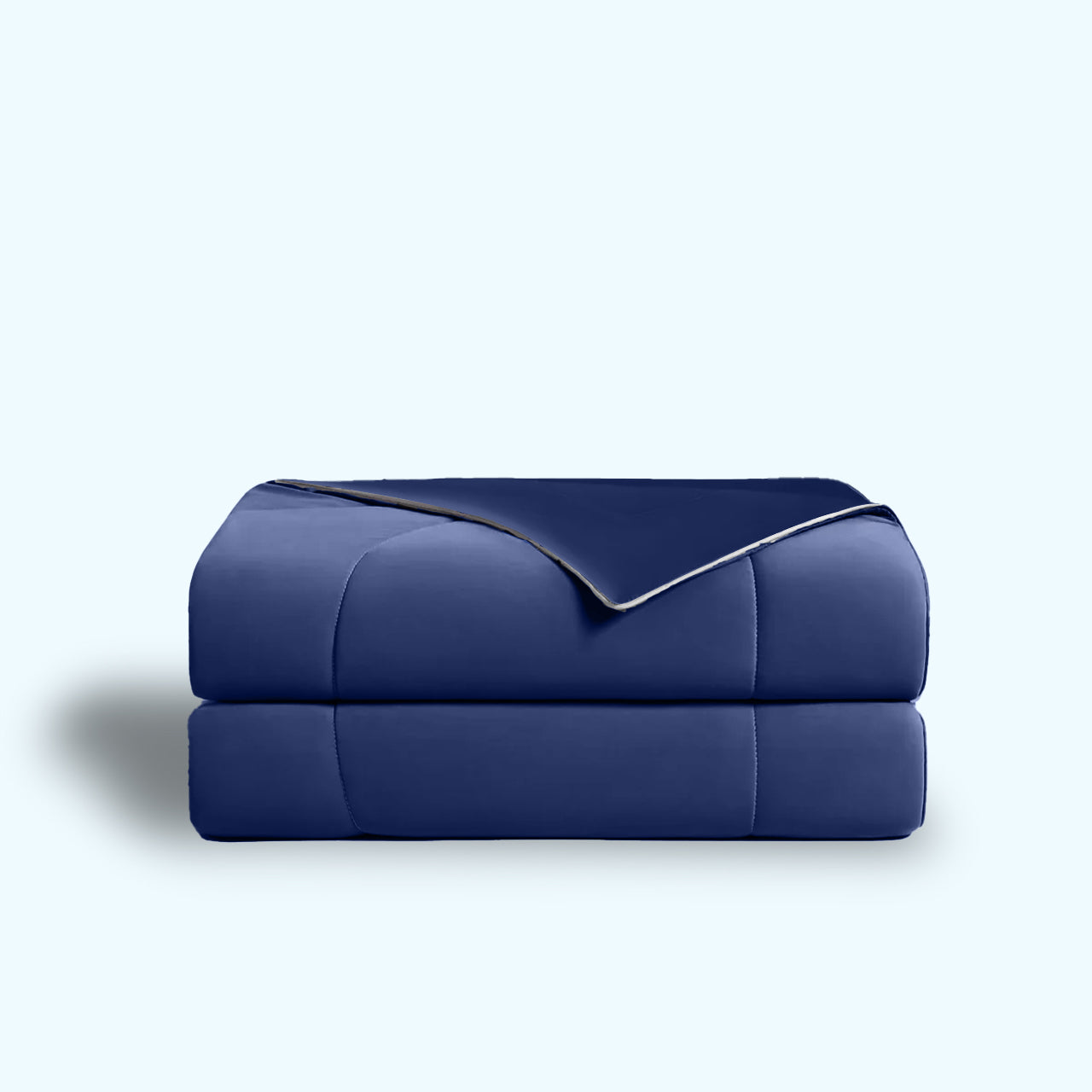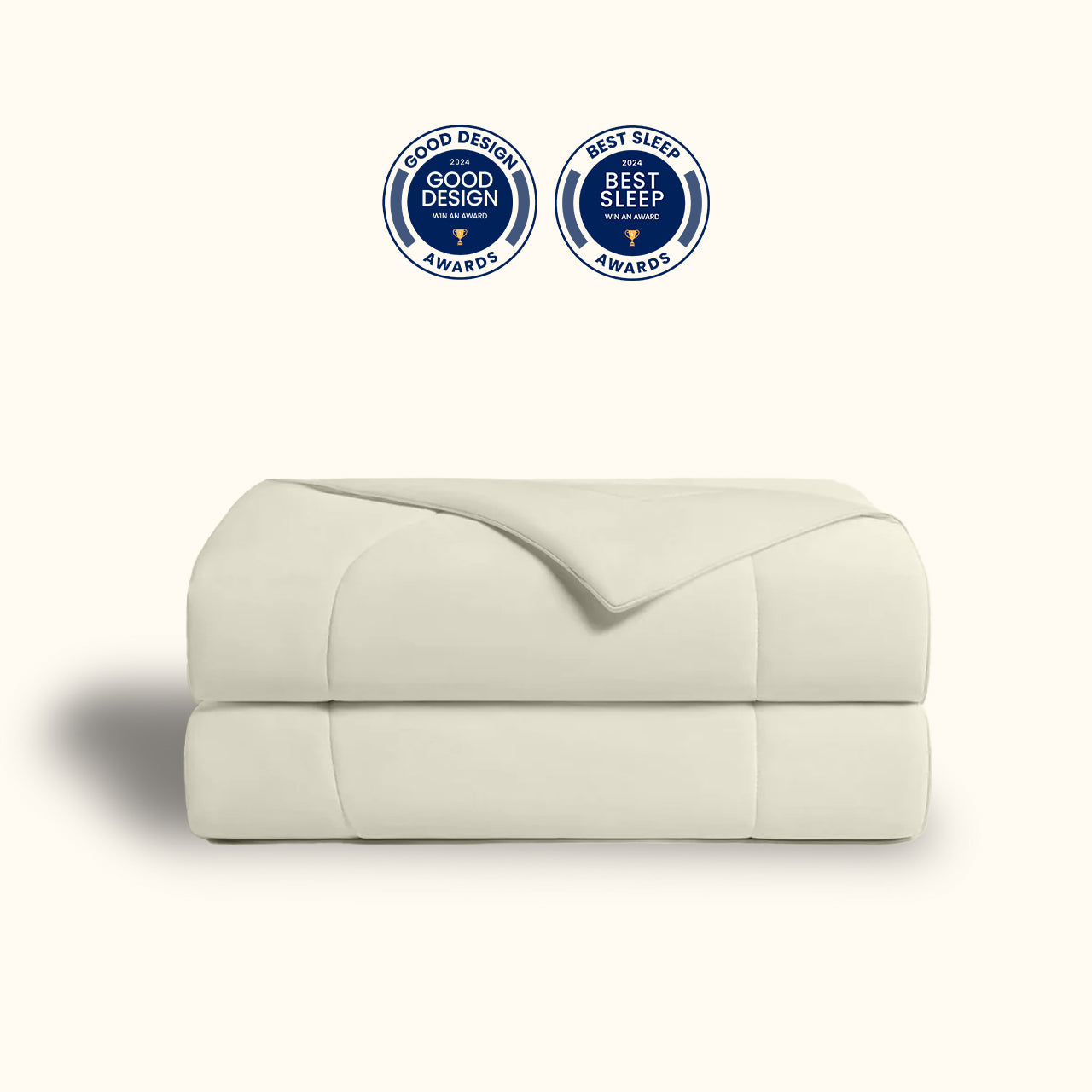Sleep is more than just a nightly routine—it’s a cornerstone of our health. Getting good sleep boosts immunity, sharpens memory, makes us more productive at work or school, and even helps keep our moods steady. But if you’ve ever struggled to fall asleep or stay asleep, you know how frustrating it can be. Many reach for sleeping pills first, but the truth is, insomnia often stems from simpler issues: bad habits, stress, or even something as easy to fix as the wrong bedding. Let’s break down how small changes to your bed, pillow, and quilt can make a big difference—plus simple habits to help you sleep better.
1. Choosing the Right Bed: Your Foundation for Rest
Your bed isn’t just a piece of furniture—it’s where your body recharges. Getting its size, height, and firmness right can turn restless nights into peaceful ones.

① Height: Easy In, Easy Out
Ever struggled to climb into a too-tall bed or felt like you’re almost on the floor with a too-low one? The sweet spot is 35–55cm off the ground—roughly matching the distance from your knee to the floor. Too high, and you risk tripping; too low, and you’ll breathe in more dust and moisture, which can strain your lungs over time.
② Length: Room to Stretch
No one likes waking up with feet hanging off the bed! A good rule: your bed should be 20–30cm longer than your height. If you’re 180cm tall, aim for at least 200cm. This way, you can roll over, stretch, or shift positions without feeling cramped.
③ Firmness: Not Too Hard, Not Too Soft
Mattress firmness is measured on a 1–10 scale (1 = firmest, 10 = softest), and the right pick depends on your needs:
• Tired adults? A medium-soft mattress (rating 6) cushions sore muscles after a long day.
• Older adults? Go firmer (rating 3) to support joints and posture.
• Teens? Medium firmness (4–5) works best for growing bodies.
Latex mattresses are trendy, but be cautious: pregnant women, seniors, and teens should avoid overly soft ones. If you have spinal issues like lumbar disc problems, skip super-soft latex—your back will thank you.
2. Choosing the Right Pillow: It’s All About the Neck

Pillows aren’t just for your head—they’re secret weapons for supporting your neck. Get this wrong, and you’ll wake up stiff or sore.
① Height: Fit for Your Body
Forget one-size-fits-all! For adults, the best height is about 10cm, but here’s a quick way to check with your own body:
• On your back? The pillow should be as thick as your fist.
• On your side? Add the thickness of your palm to that fist—this keeps your neck aligned.
② Width: No More “Falling Off”
Ever wake up because your pillow shifted? That’s a width problem. A good pillow should be at least as wide as your shoulders, and ideally 1.5 times wider. Why? Sleep studies show we shift positions 20–45 times a night (60% on our backs, 35% on our sides, and just 5% on our stomachs), each lasting less than 5 minutes. A wide pillow keeps you supported, no matter how much you move.
3. Choosing the Right Quilt: Cozy, Not Clunky

The right quilt wraps you in comfort without weighing you down (or leaving you shivering). Here’s what to look for:
① Size: Cover Every Inch
Ever bought a quilt that seemed perfect in the store, only to find your feet peeking out at night? Always pick a quilt that fully covers your bed. Winter quilts are extra-long and wide to keep toes toasty, and if you’re tall, opt for a longer size—no more cold shoulders (or feet!).
② Weight: The Magic of “Deep Pressure”
Did you know a slightly heavier quilt might help you sleep better? Studies show that people under heavier quilts have 32% more melatonin (the sleep hormone) an hour before bed, compared to 25% with lighter ones. A fun experiment tested this: one group used 8kg weighted blankets, the other 1.5kg regular ones. After just a week, the weighted blanket group slept better—and by 4 weeks, 42.2% felt much improved, versus only 3.6% in the regular group!
Why? It’s called “Deep Pressure Touch”—like being gently held, similar to how a fetus feels in the womb. It calms stress and makes you feel safe and warm.
③ Material: Softness with Benefits
Cotton quilts are classic—they’re cozy but a bit heavier, which fits that “deep pressure” magic for insomniacs. Down quilts are light and fluffy, great for staying warm without feeling weighed down. Silk quilts are pricier but special: they’re made with animal protein fibers and over ten amino acids that nourish your skin. Pick what feels best for you!
Simple Habits to Boost Sleep Quality

Even the best bedding works better with good habits. Try these:
• Stick to a schedule: Go to bed and wake up at the same time every day—weekends too! This trains your body’s internal clock.
• Wind down before bed: Skip screens, coffee, alcohol, or smoking. These rev up your nervous system, making it hard to relax.
• Exercise (but not too late): Regular activity helps you sleep, but finish workouts at least 3 hours before bed so your body can calm down.
• Keep beds for sleep only: No TV, work, or scrolling on your phone in bed. Screens emit blue light that kills melatonin, the hormone that helps you fall asleep.
• Get up if you can’t sleep: Tossing and turning for 20 minutes? Get up, read a book, or meditate, then try again when you’re sleepy.
• Short naps only: Long naps ruin nighttime sleep. Keep naps to 20–30 minutes—just enough to recharge, not enough to disrupt your rhythm.
Better sleep isn’t about big, expensive changes—it’s about small tweaks to your bedding and routine. With the right bed, pillow, quilt, and habits, you’ll be dozing off easier and waking up refreshed in no time. Sweet dreams!


